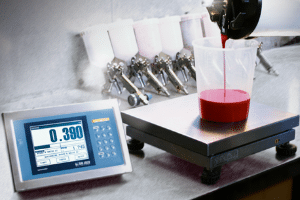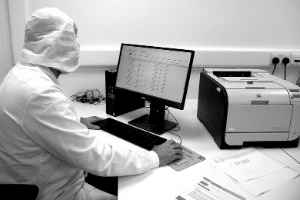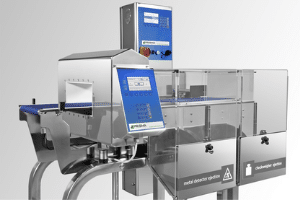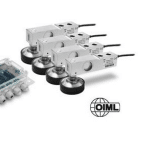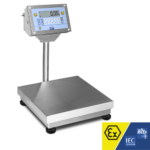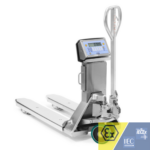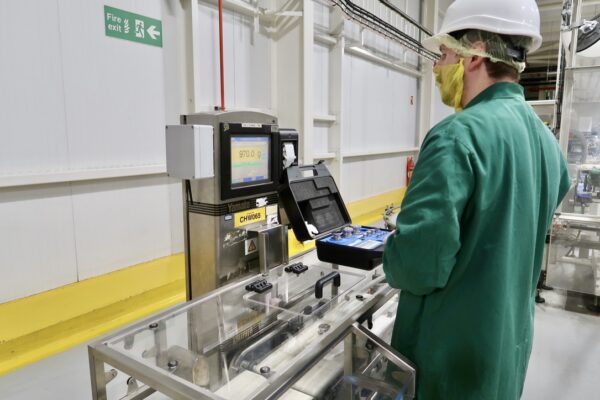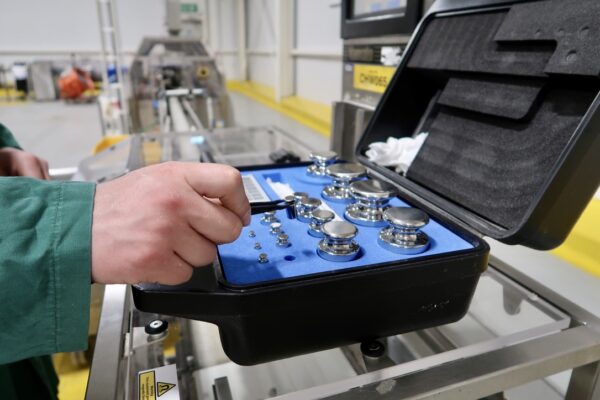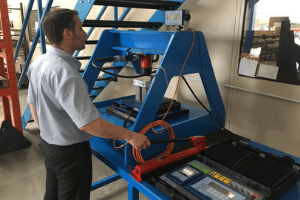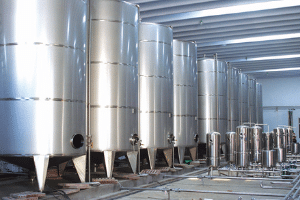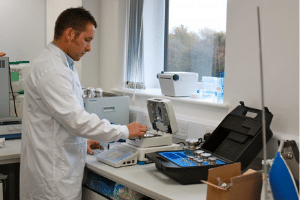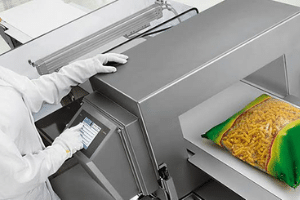Rotten Meat to be Detected by Paper-based Biosensors
Expert scientists at the Shih Microfluidics Lab have constructed a single-use, paper-based biosensor with the capacity to quickly identify rotten meat.
The sensor functions by detecting the toxin putrescine in beef through protein synthesis. Rather than using a living cell, this is accomplished with ‘biological machinery‘ that utilises an individual cell to generate proteins.
By integrating putrescine with the cell-based system, researchers were delighted to observe how toxin concentrations could be observed in ultraviolet light after only an hour. After four hours of testing and observation, their confident readings had yielded highly accurate results.
To examine how much putrescine could accumulate after a period of several days, tests were conducted on pieces of beef stored in a freezer, refrigerator and at room temperature.
To analyse the results more accurately, biosensors were used alongside high-tech chromatography which are often employed for food inspections. Both showed similar correlations between each other’s data.
Despite the positive results of these trials, researchers warned that this biosensor won’t be ready for commercial release in the immediate future.
News Credits: Paper-based biosensors detect rotten meat
You may also like:
